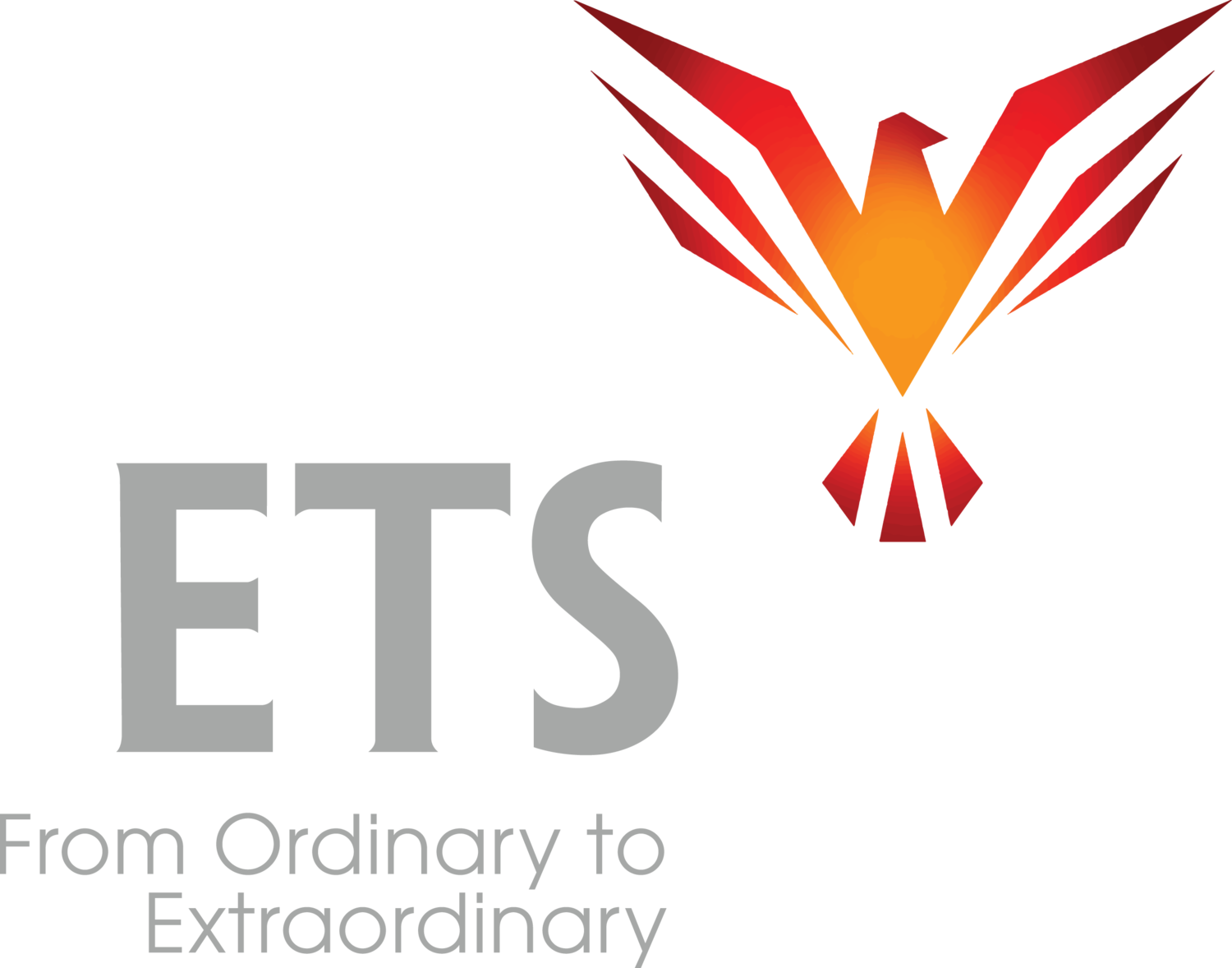Tuesday was the first day of the Causative Communication course. Prasant had just learned about affinity and the difference it makes to communication. He learned that he actually needed to feel it if he wanted to be successful, and that finding something to like about the other person was the key to feeling it.
That sounded “great in theory”, but Prasant said it was “impossible” for him to find anything to like about Martin. However, Prasant knew only too well that what he was doing wasn’t working. He’d reached the point of being willing to try anything.
